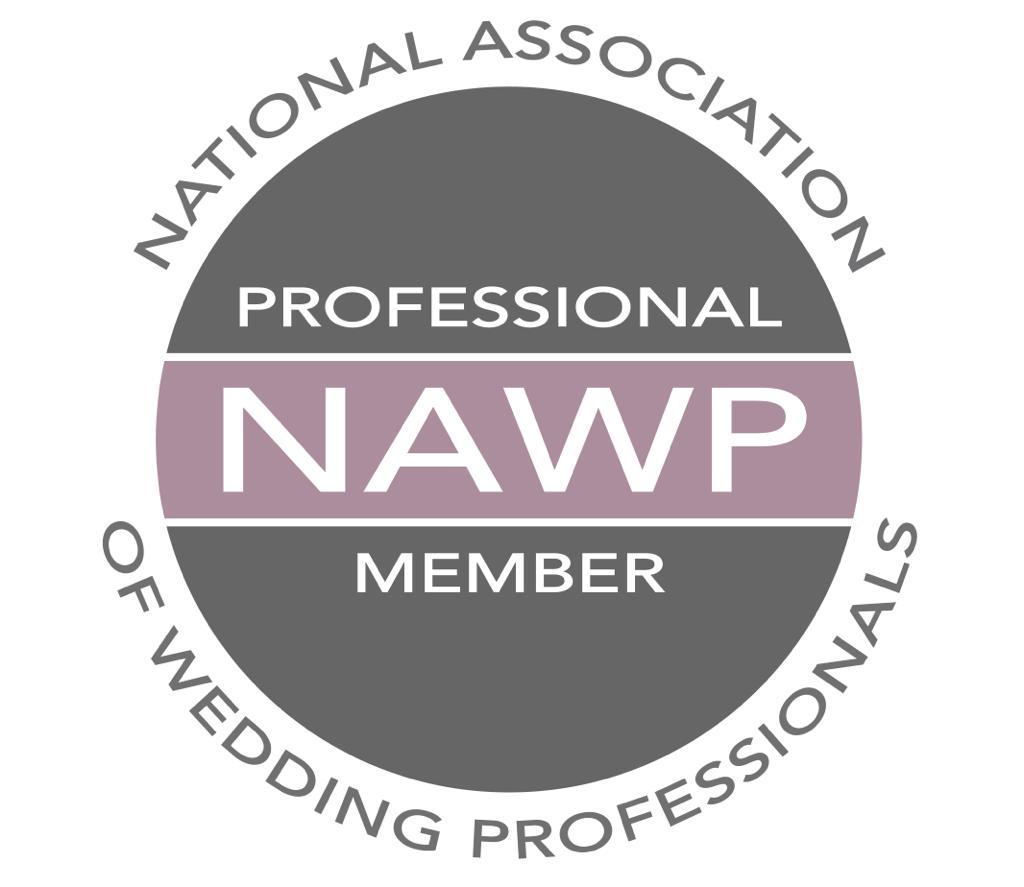15 Peas
Fifteen Peas of Public Speaking to help create and deliver a Wedding Speech.
This is a selection of fifteen essential tips for successful public speaking mentioned in the book - ‘How to make a Confident and Memorable Wedding Speech - The Peas of Public Speaking’ by Graham Le-Gall.
They should be considered in conjunction with reading the book.
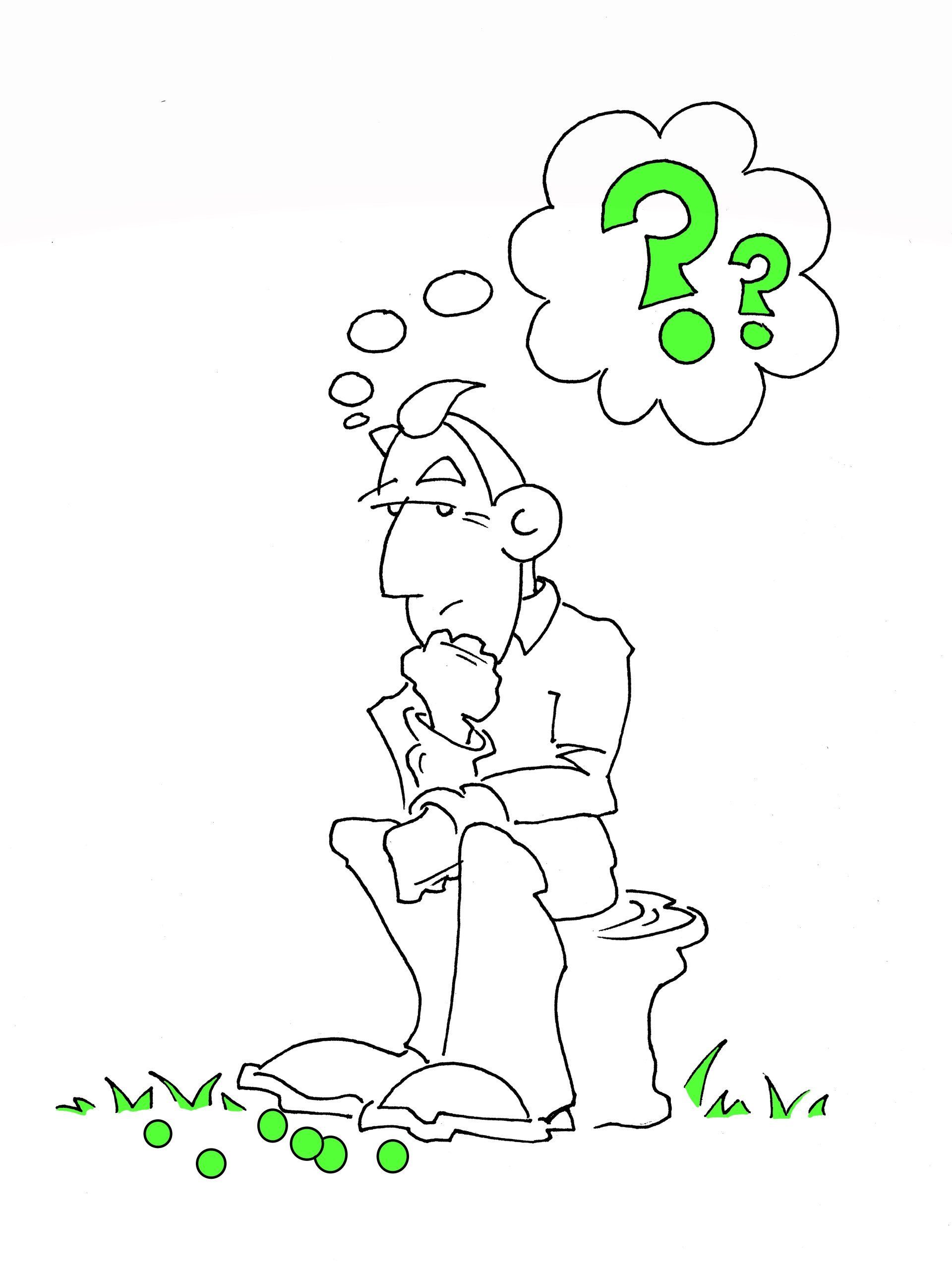
Slide title
PURPOSE
Button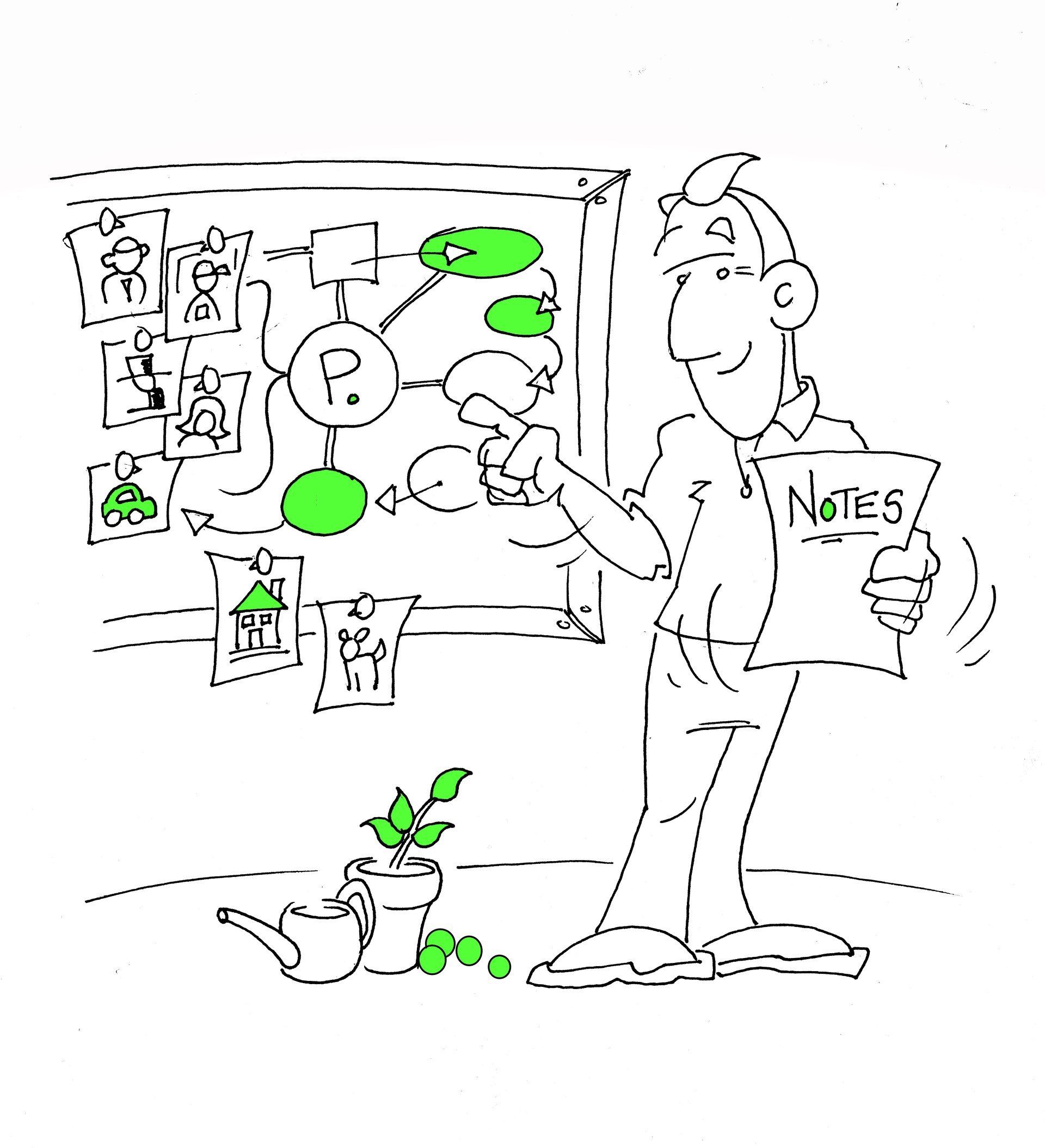
Slide title
PLANNING
Button
Slide title
PREPARATION
Button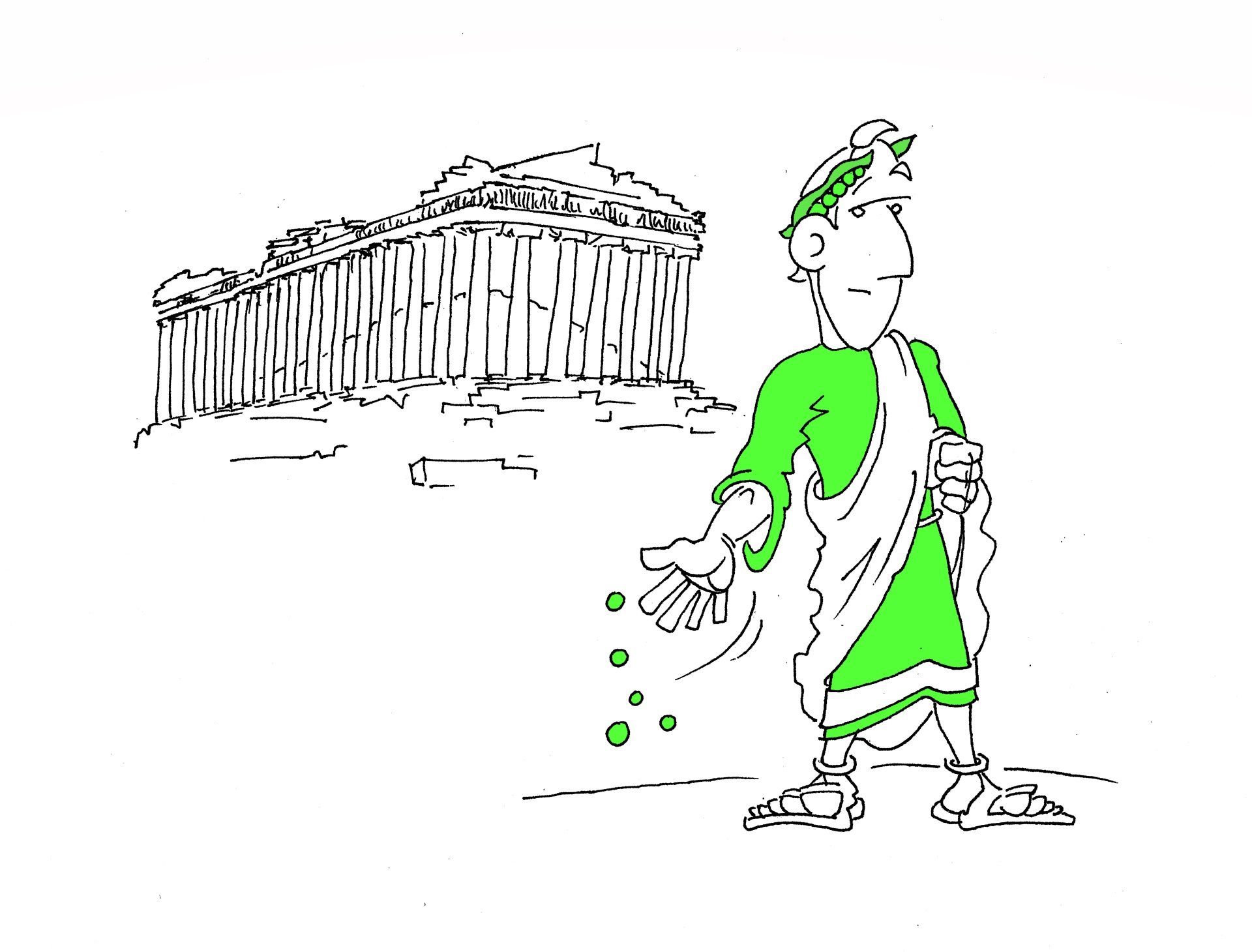
Slide title
Parthenon
Button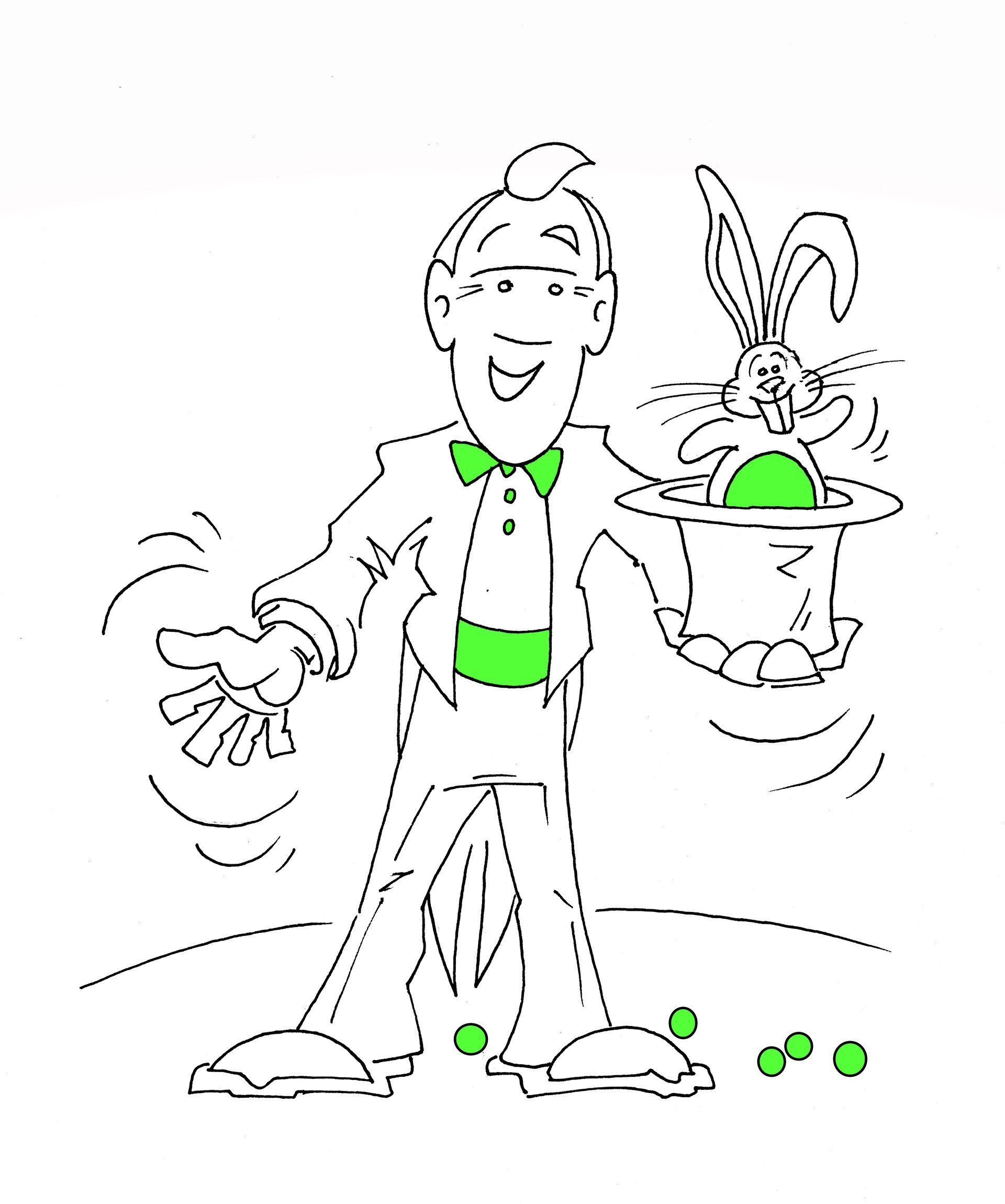
Slide title
PROPS
Button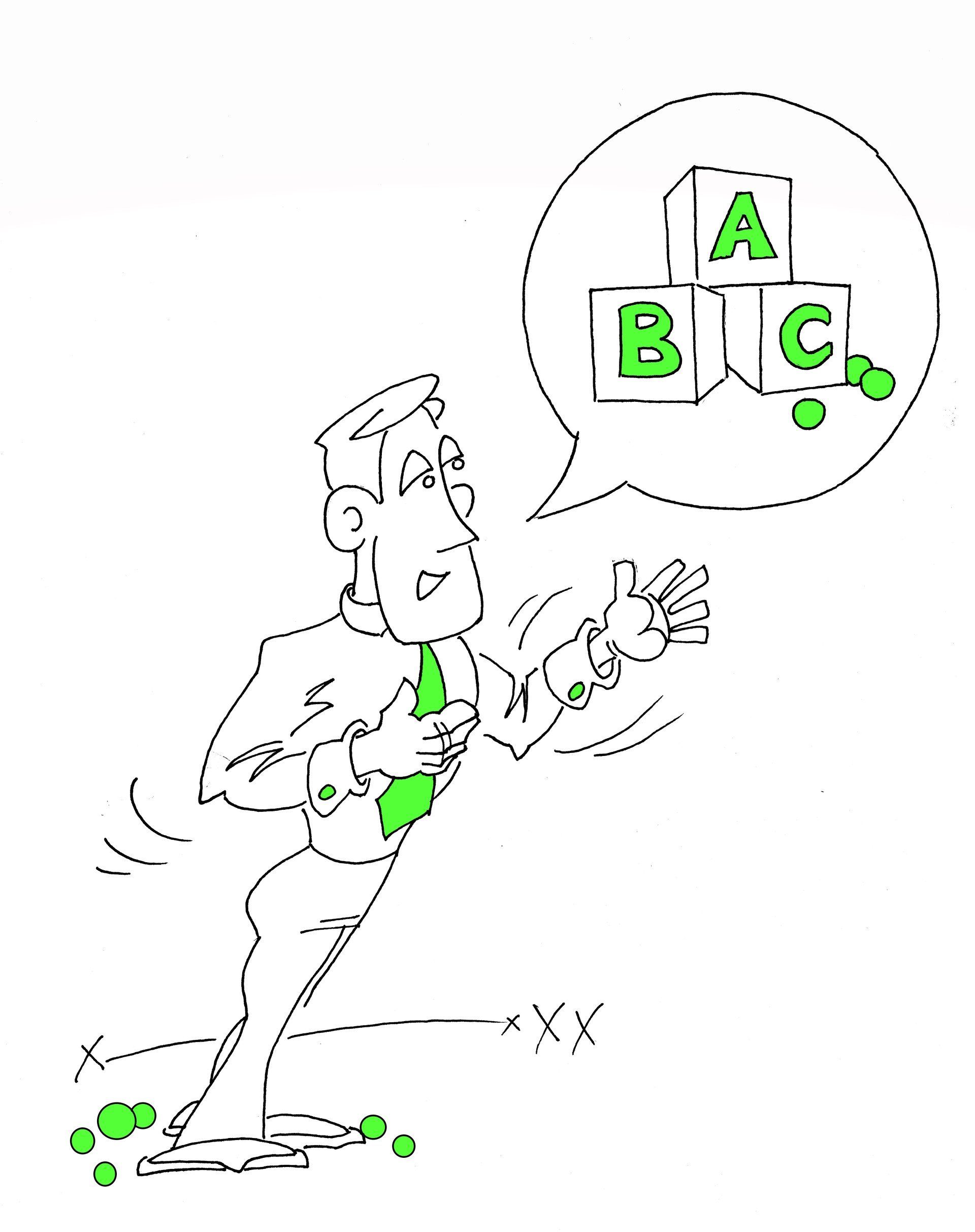
Slide title
PLAIN
Button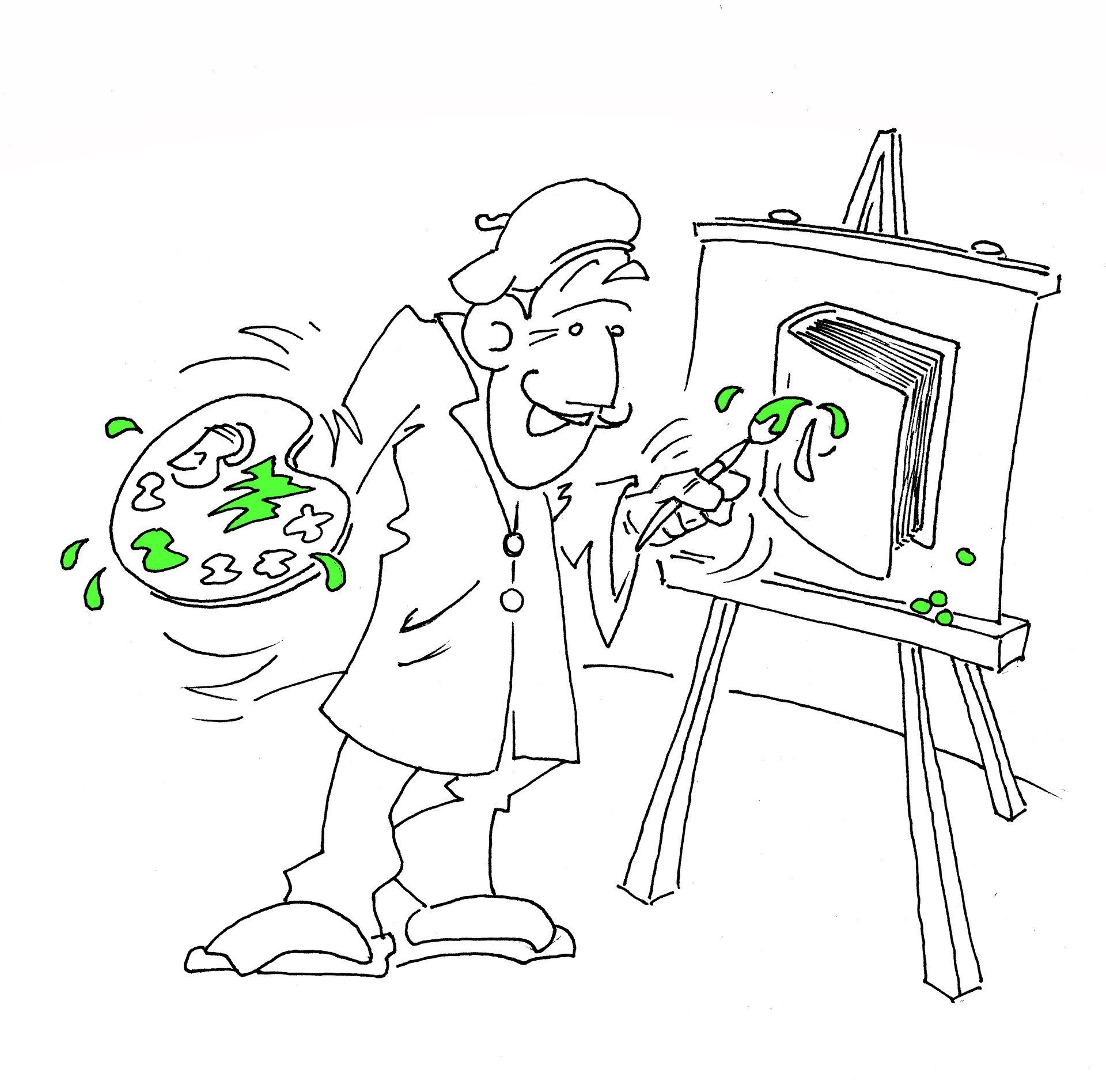
Slide title
PARABLE
Button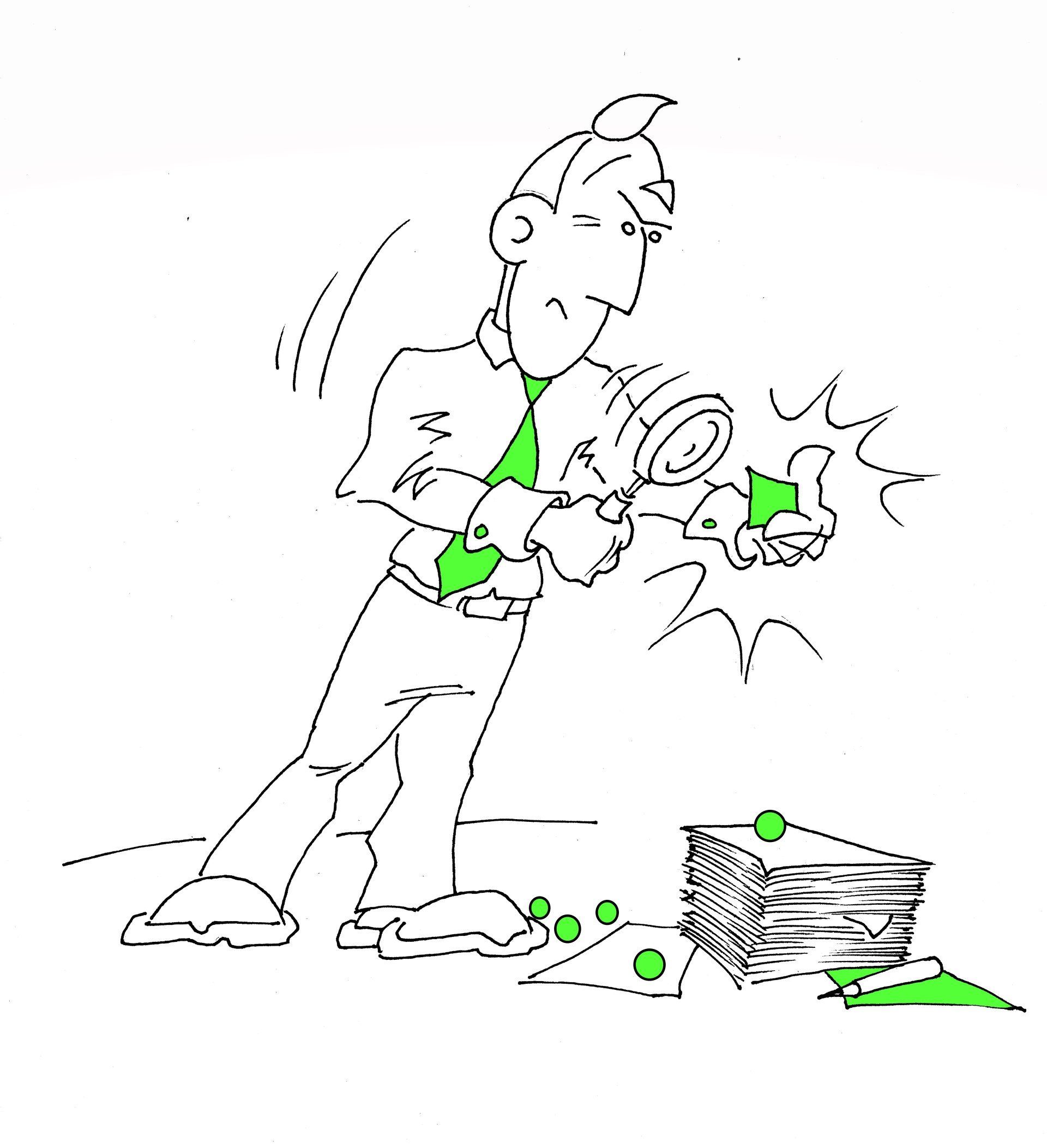
Slide title
PRECIS
Button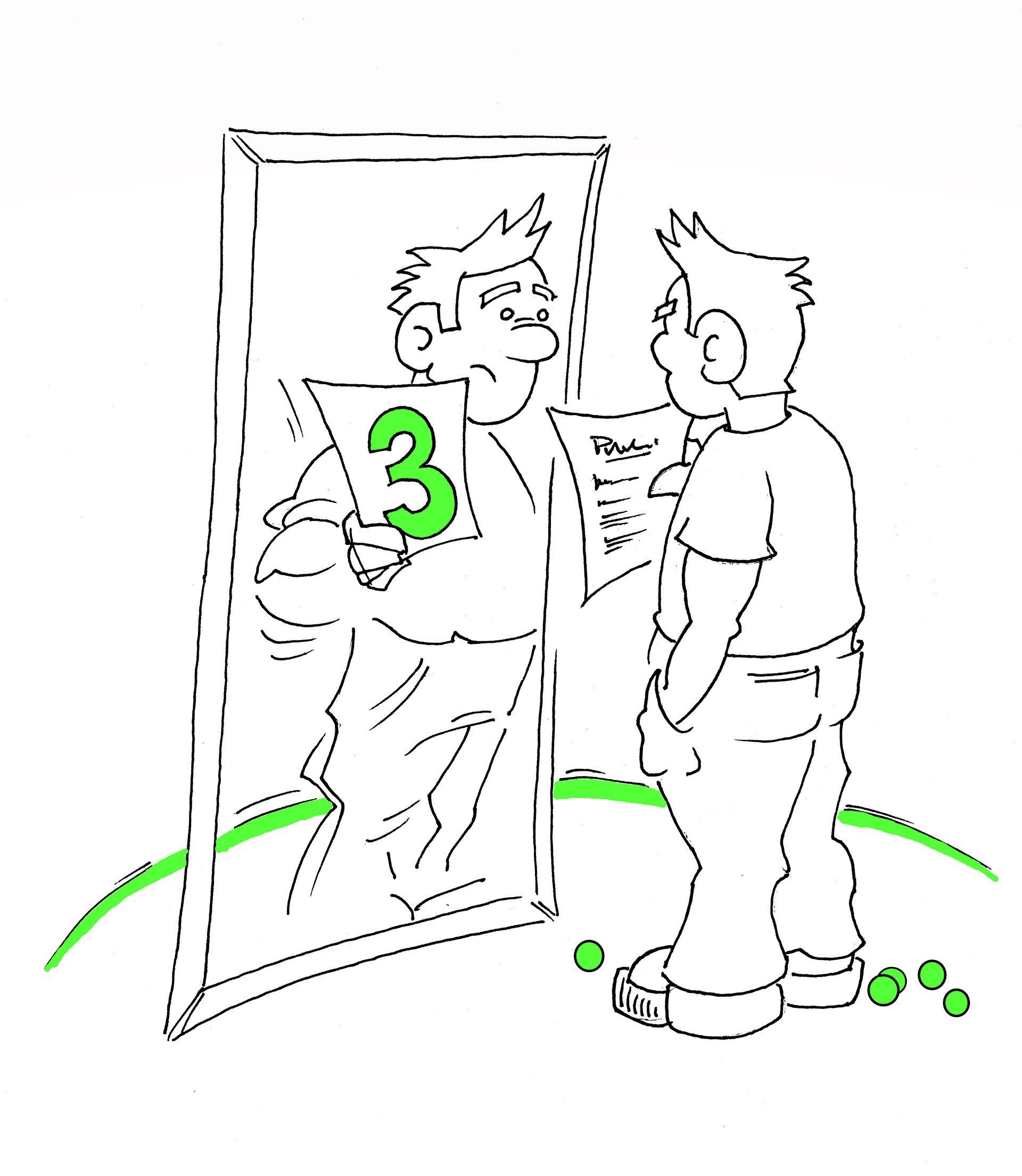
Slide title
PRACTISE
Button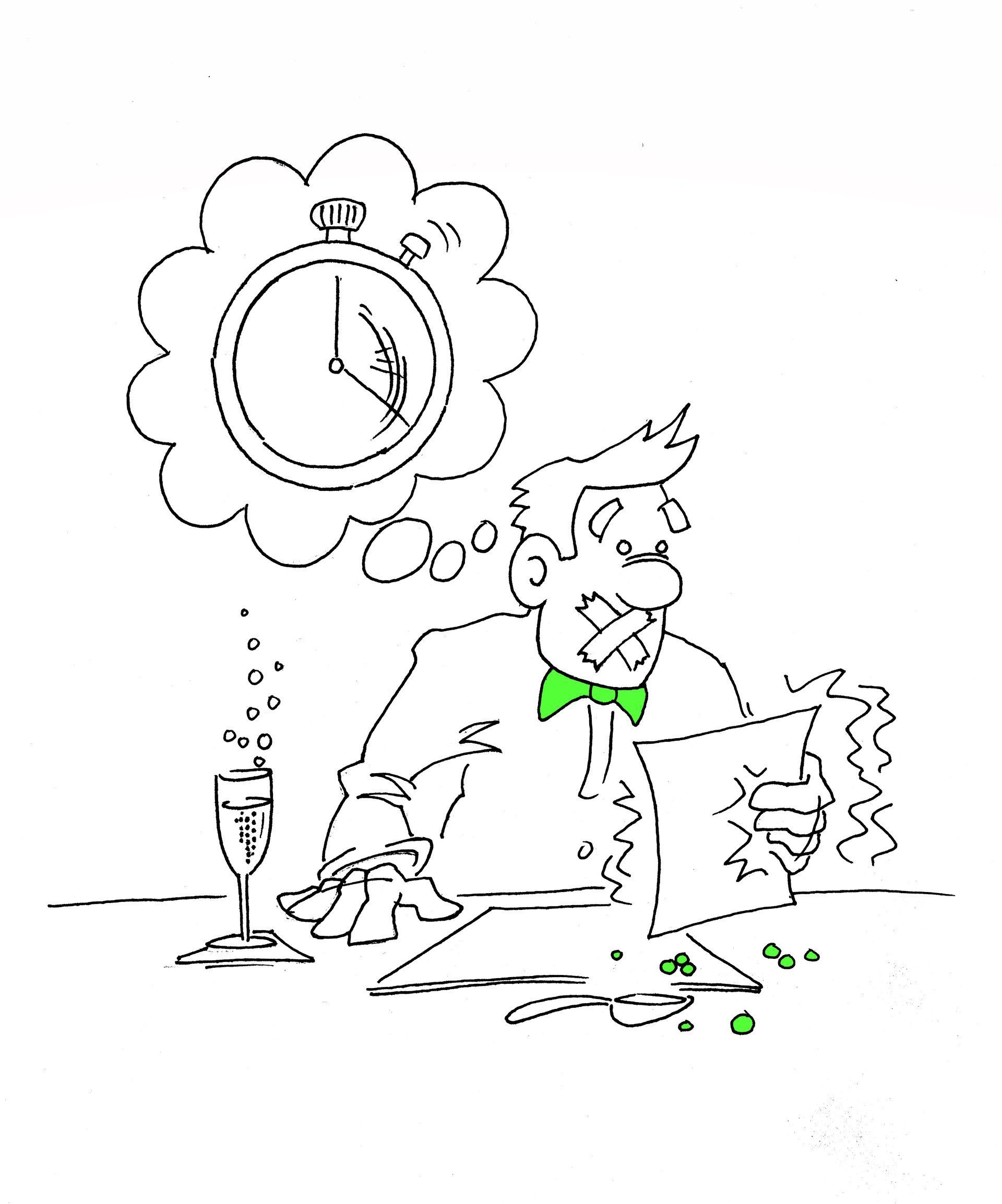
Slide title
PACE & PAUSE
Button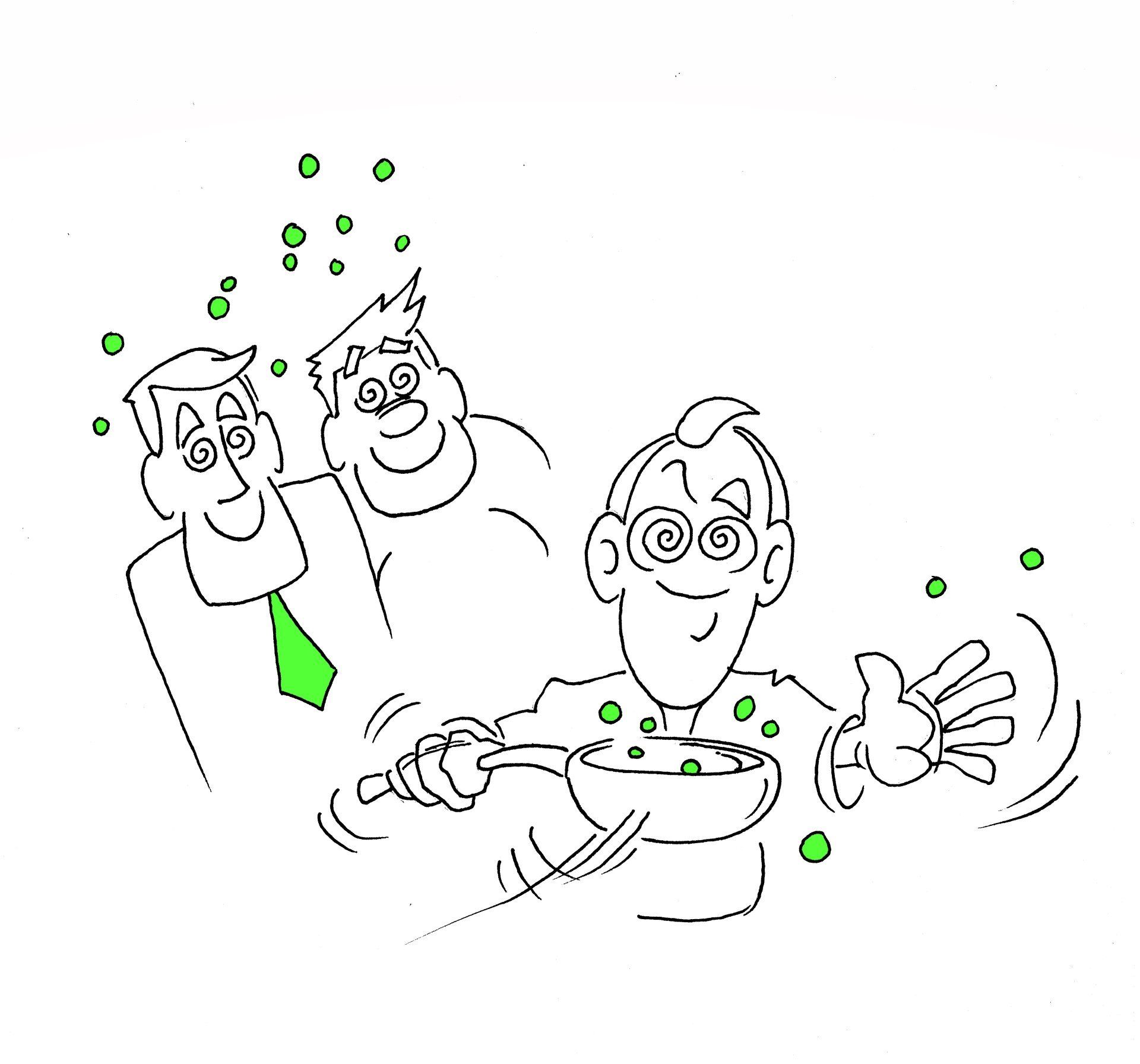
Slide title
PAN
Button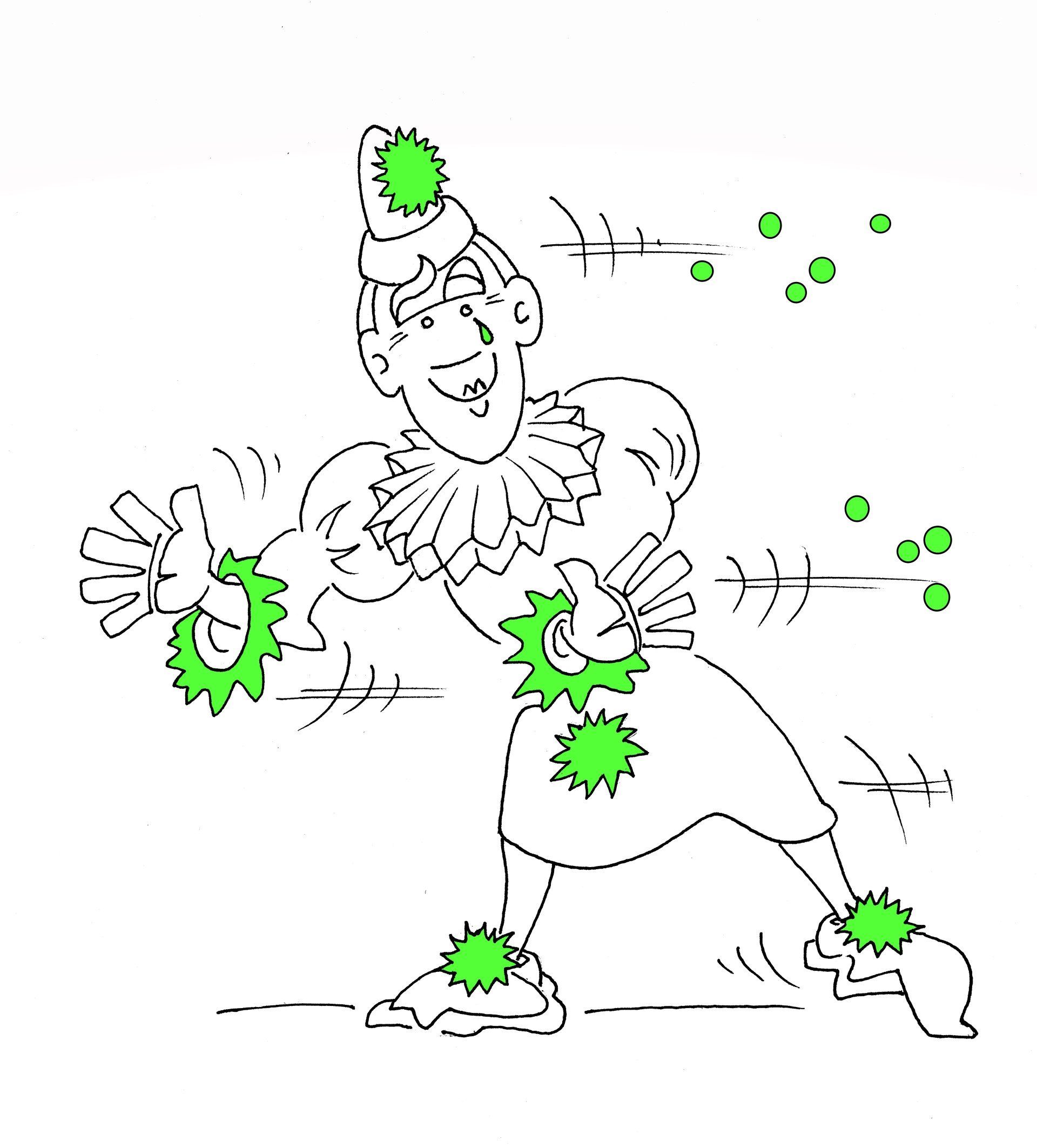
Slide title
PHYSICAL
Button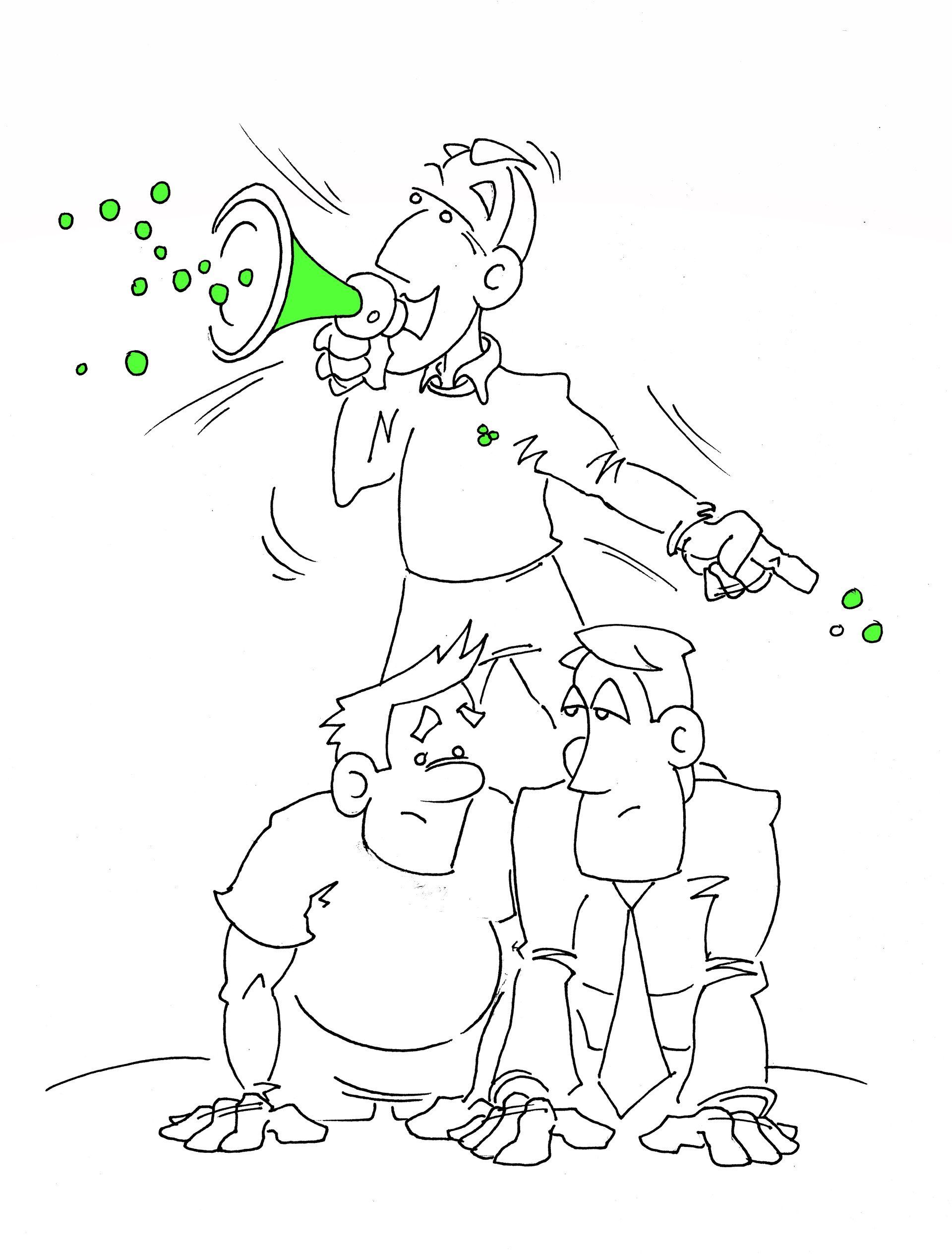
Slide title
PROJECT
Button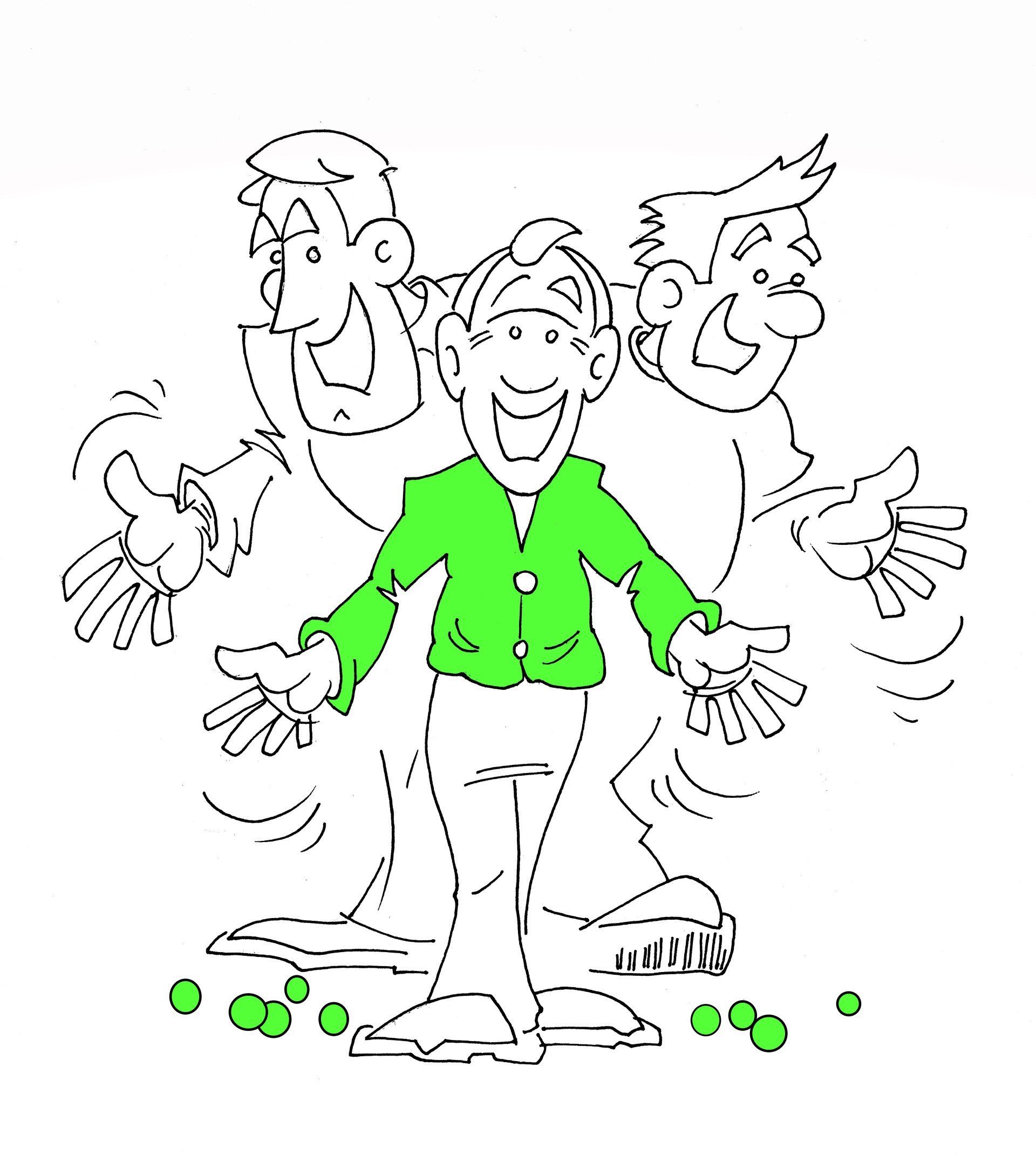
Slide title
PLEASANT
Button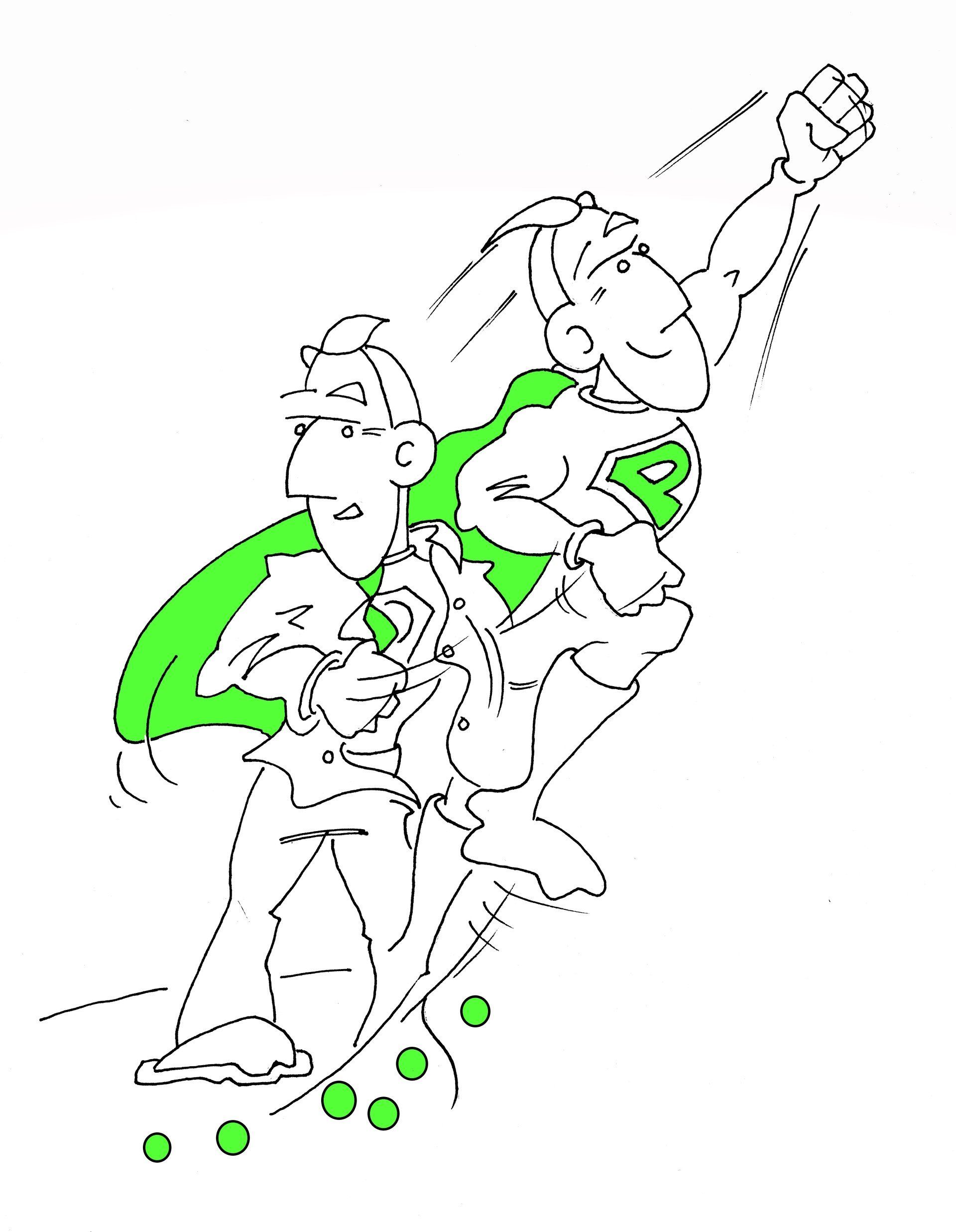
Slide title
PERSONA
Button
The Peas listed here are in no particular order. However, Purpose and Planning should be at the front of any wedding speech preparatory process. Preparation ought to be thought of as over arching the whole process.
Bear in mind there are many more tips and these are just a handful of them. This document is not designed to contain definitive information on each of the topics but serves as a prompt. However, you will find them all very useful.
Read them all - Use them all – Be successful.
Four key words are‘Plan – Prepare – Practice – Deliver’
After each practice run of your speech and after the main event consider what you have said and done, then answer the simple questions below each of the prompts to help assess your performance. Consider, and be honest with yourself as this will aid any future similar public presentation.
Purpose
Once you have accepted an offer to speak at a wedding it is wise to establish the exact objective and desired outcome of the speech. Whatever role you have at the event, there are traditional and historical demanding outcomes. It is best therefore to do some appropriate research to find out what those demands are. Also speak with the person who has invited you to speak. That person will give you an idea of what they want. The purpose is usually to thank individuals for being present at the event and for the wedding gifts, to share some information and to entertain. Depending on the role of the speaker, it is often also to share a story or two in relation to the bride and or groom.
Ask yourself:
What is the Purpose? Did I meet the Purpose?
Planning
Armed with the purpose it will be time to sit down and start making some initial notes of your first thoughts about what you intend to say. This can be made really simple by making them on a note pad or a dedicated file on a computer. Think about what must, should and could be spoken about. This will include what you believe the audience will want to see and hear about.
Ask yourself:
Who shall I obtain information from? What must, should and could be covered?
Preparation
The notes made during planning will be brought alive by extending them into a full script. Gather together the chosen props and other materials to bring the spoken words alive.
Remember the Scout Association’s motto ‘Be Prepared’ so prepare by getting everything ready – notes – aids – resources – materials – props – visuals – absolutely everything.
Speak with family and friends to find appropriate stories to share with the audience.
One important feature is, if possible, to visit the location where the speech is to take place to see and feel what it will be like of the day of the event. The list of things to consider at the preparation stage is almost endless. Start putting everything gained into a logical order.
Preparation runs like a golden thread right through from planning to the day of the speech. Ensure it includes the Peas that follow.
Ask yourself: How might the guests respond to the props? Are the stories appropriate and inclusive for everyone anticipated to be present?
Parthenon
Remember how impressive and strong a structure the Parthenon is. This is something that every speech needs to have in the form of BBC. No, not the British Broadcasting Corporation but the Beginning, Body and Conclusion. Some say the most impactive elements are your beginning and conclusion. Say or do something at the beginning to gain the attention of the audience, then maintain that attention through the body and leave the audience with a message at the conclusion to cause them to remember the speech and you the speaker.
Ask yourself: Did I gain the attention of everyone at the beginning? How did I do it? What reaction was there? During the body of the talk, what did I do to ensure the guests were informed and entertained? What did I do and say to ensure everyone would remember this speech for years to come? What about the conclusion? Why would they remember that so well?
Props
At an early stage, consider the use of visual material to support whatever you are thinking about saying. This can include photographs and virtually anything else that is practical to show or physically demonstrate and thereby enhance the spoken words. Whatever is chosen needs to be in tune with the occasion and the audience. Most props are usually a surprise for the audience so keep the planned showing of these items to yourself. Think about involving an assistant who may be employed to work with you. Maybe you do the talking and someone else produces the items. Remember - A picture speaks a thousand words.
Ask yourself: What can be used? What is appropriate? How shall I incorporate the item? Did it work?
Plain
There is no need to complicate things so use the K.I.S.S. principle and ‘Keep it simple’ or ‘Keep It Short and Sweet’. It is as simple as that - keep everything to the essentials. Tell a short story, an anecdote, but keep it short and simple, to the Point and it will be far more effective and memorable! Avoid jargon and keep everything said and done inclusive. Use Props whenever possible to enhance the words spoken.
Ask yourself: Was it KISS? Was I KISS? Did I? How long was it? Did I keep to time? Did I include everyone?
Parable
As the late entertainer Max Bygraves used to say many years ago, ‘I’ll tell you a Story’ and he would then proceed into taking the listener on a journey of fun, laughter and emotions leading to a humorous conclusion – The punchline. Think of contemporary comedians who go beyond telling jokes by telling a tale relating to a real life experience or situation to build up to that punchline or conclusion. People love stories or anecdotes as they bring the spoken words alive. The story teller is doing more than just speaking words. Those spoken words are communicating pictures to the listener who in turn, is building their own pictures in their own mind based on those spoken words, associated gestures and produced props.
Consider also the use of Props to bring these stories even more to life.
Ask yourself: How effective were my stories? What reaction was I getting? Could I produce some real pictures to bring my words even more alive? How about the use of other props?
Précis
Reading from a script sounds unnatural so think about cutting it down. There is always a risk that by holding a full script at the event it will be read rather than used as a reminder of the speech content. There reaches a stage when the full script is known so well that it can be reduced down to a bullet pointed list. Initially work through the script and highlight the main points and practice the delivery from the highlighted selection only. Then cut the script into short notes or bulleted points using the highlighted pieces. Continue practicing the delivery from this list as an aide memoire – you will sound far more spontaneous.
Ask yourself: Is the list sufficient to prompt me? Can I cut it even further? Do I need notes at all?
Practice
Once the full script has been established you need to practice speaking the words out loud preferably to a trusted individual who is sworn to secrecy. However, before enlisting that assistance read the script to yourself initially in your head. Then progress to reading out loud while standing and facing a full length mirror. This will help you assess what you look like to those who will be watching and listening to you. The process of reading out loud and especially to somebody generally leads to amendments to the words by creating fresh ideas.
Ask yourself: What do I look like? How do I feel? Are my words in tune with my body language? How might I make the delivery better?
Pace & Pause
It is not a race. Take your time as there is no rush unless a sit down meal is pending. Work out exactly how much time you have and ensure the speech sticks to it. Remember there are points within the speech that you will need to slow down or speed up for emphasis. Also to allow people to laugh, cheer or cry so slow down or stop talking to let them do this. So consider to pause occasionally. It is good for you to catch a breather – take a drink of water (not alcohol). It is also useful to use pauses in a similar way that silence is used at the beginning (The Six S’s) to get the attention of people. Then use this technique to maintain that attention throughout the body especially at points that you want them to really take note of what you are saying, about to say or have just said – that is ‘The Power of Silence’.
Ask yourself: How did I use pace and pause? Did I use The Power of Silence? How did I apply Pace? What was the reaction?
Pan
Eye contact must be used to everyone present. So pan the room with your eyes throughout the whole of BBC – Remember you are communicating with everyone present not just one or two. Include those who do not appear to be looking at you. Strange as it may seem, they will feel your eyes in a similar way that they hear your voice. We do this in normal conversation on a one-to-one basis also with small groups of people so make this a conversation with a larger group of individuals. When talking to large groups such as at a wedding some people are quite a distance away so the tip here is to look over to something on each of the distant tables and everyone on that table will think you are looking at them individually. As you look at the closer tables your gaze will need to be to individuals. Just hold that gaze for a moment and move on to someone else. This has the effect of personalising the speech to each of them rather than giving the impression that you are just going through the motions. Some presenters find it difficult to make eye contact – the tip here is to try, however, should it still not work for you, do not make that eye contact – look at the bridge of the nose instead. Those far enough away will believe you are looking straight at their eyes. Slight nodding of the head and gentle smile enhances the eye contact.
Ask yourself: Who did I look at? Did I look at people at the back? Left side? Right side? Front? Were they looking at me? If not, why not? Was it my fault?
Physical
Be animated as the audience will be watching your body as much as listening to the words spoken - reading your body language. In conversation we use gestures naturally. We use our hands and move about a little – far more interesting and normal than standing perfectly still. Be physical. Remember – we are also being judged by our body language as well as the verbal language being used. In a similar way that eye contact is essential – ensure the body is facing or looking at the listeners. Be aware of what you are doing with your body and the effect it may have on the audience.
Ask yourself: What sort of body language was I using? Was it in tune with the words being used? What effect was it having on the listeners?
Project
Adopt a conversational type of approach while speaking up and out so everyone can hear you. Make sure everyone can see and hear you and if necessary stand on something. Project your voice and yourself – project your personality to every table and every guest in the whole space. Many politicians and other speakers stand on something when out in the streets to address crowds. This elevates you physically above the audience. Some use a megaphone or sound system to ensure the voice is heard. There are some speakers who stand on a chair to address the listeners. A bit of a gimmick but think how impactive this can be - everyone will remember the speaker. Vary the pitch and tone as much as possible to make the voice more interesting. Use a microphone with sound system if necessary.
Ask yourself: How shall I project myself and my voice? Could I be heard? Could I be seen by everyone? Was my voice varied? How do I know this?
Pleasant
It is so essential to look and feel good so smile. Remember you will have started out with the Six S’s which includes a smile so be pleasant, be pleasing, be personable throughout. This will help you relax and look more appealing and friendly to the guests. It is like looking in a mirror and smiling in that the smile is returned to you. It is the same with an audience – smile and they will smile back. Smiling also has a relaxing effect on you the speaker. This is real communication. Remember – ‘Smile and the whole world smiles with you’.
Try it - smile to yourself and get that happy feeling. Smile to someone else to prompt a returning smile.
Ask yourself: ‘Did I smile? What was the reaction from the audience? How did it make me feel?
Persona
The audience will very quickly recognise if you are being anything other than authentic and genuine, so be yourself. If you do not normally tell jokes – don’t do it here as the risk is that the joke and everything else may fall flat. Steer clear of smutty comments as although some guests may be amused, there will be others who may be offended. Be humorous but if you don’t normally tell jokes – Don’t tell jokes. Speak naturally and with spontaneity.
If the speech is learned off by heart it would normally sound so and not have that natural feel about it. Use your own personality.
A wedding can be an emotional event. You will be emotional and so will others. Many people present will be married or getting married or will make links with another wedding, possibly their own, their daughter’s or son’s. Your speech will be taking their minds back or forward to any of those events. Love and passion will be in the air – they will be feeling emotional for you the speaker as well. So use your own emotions – Be passionate in the way you speak and the types of things you say. Your listeners will feel this and respond and almost certainly get emotional. Speak naturally and feel free to be passionate. It’s another way of ensuring others remember you and what you say.
Ask yourself: 'What were people doing while I was speaking? Were they laughing, crying, smiling, nodding their heads? They would have been reading your NVC’s. What did you read from theirs? Did I get emotional and what was the reaction to this? If there was a reaction – you have been successful. Was I being natural and did I sound spontaneous? Was I being me? Was I using my personality?’
Reg Says:
'Remember - Always assess your Performance and consider how you might give the same or similar speech in the future. You never know when you may have to use the skill again. '
Should you have any queries about anything in this document or about anything connected with public speaking or oral communication generally just make contact with me. You know where I will be – probably in my shed.
Call Us
Address: Eastcote, Ruislip, Middlesex, HA4 8SX, UK
Copyright The Wedding Speech Coach 2018
Website by Sync My Media

